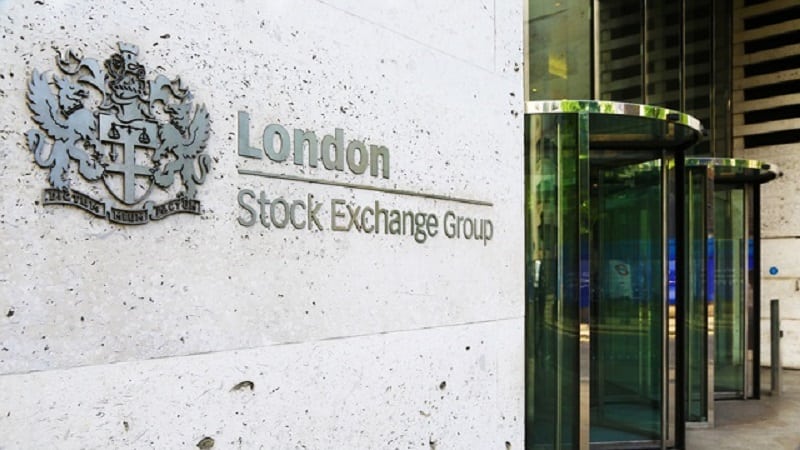Funds seeking to profit by targeting robotics and automation have sprung up recently offering investors with a leaning towards the unconventional an interesting new option, but is this a risky gimmick to be feared or somthing which should be embraced?
The base logic seems pretty sound. Automation has fairly consistently increased through the later part of the 20th century and this has only accelerated into the 21st. The biggest name companies in the world such as the likes of Google are putting their weight behind robotics projects as well as governments.
There are a number of major industries which there is a clear-cut demand for increased robotics and automation. Chief among these being production of manufactured goods like cars for obvious reasons, healthcare to help cope with the demands of aging populations in developed countries and the military, where any replacement of risk to human life with risk of damaging a robot will be enthusiastically embraced by governments.
Then there is the undeniable ‘Hollywood’ element to the appeal robotics investment has. From Steven Spielberg’s A.I. to Interstellar via iRobot and the Terminator franchise, robots have been a big part of the film business for decades.
This appeal has no bearing on whether the funds will actually perform over time, but it will make people keener to have the conversation about investing in the first place, and could grant wealth managers some credit in the eyes of their clients for being aware of new, niche investment trends.
It seems likely that more funds will emerge over the coming few years offering the theme as either the main focus or a significant strand of the strategy.
One example of this is the RobecoSAM Smart Materials fund. Manager Pieter Busscher seeks to target the ‘innovative materials’ and ‘process technologies’ within robotics and automation, which he expects to be increasingly valuable.
According to Busscher Google’s move into space exploration the latest example of the importance of robotics and ‘robot installation’ for 2014 is on target to be 15% higher than last year. “Automotive and electronics continue to be the main drivers, and demand for robots in the automotive industry has become more stable and less cyclical,” Busscher said. “Robot penetration in non-automative industries is 6-25 times lower than in the auto markets and we expect this gap to narrow as costs fall and the dexterity of robots improves.”
China’s ‘ambitious’ targets for automation will further fuel demand as well, Busscher says. “The combination of rising wages in China, declining costs of robots, and very low robot density – only 23 robots per 10,000 manufacturing employees in China compared to 330 in Japan, 396 in South Korea, and 141 in the US – offer considerable room for growth in the robotics market.”
It is already even possible to tap into the theme through an exchange-traded products thanks to the launch of the ROBO-STOX Global Robotics and Automation ETF last month.
The fund aims to let investors tap into the gains made by the ROBO-STOX index, which has yielded an average annual return rate of 18% over 10 years.
One thing wealth managers and financial advisers may want to bear in mind before enthusiastically advising clients to invest in robotics is that it would be the equivalent of turkeys voting for Christmas if robots are developed which can manage money successfully on a discretionary basis.
We are only a few steps removed from this already with an increasing number of automated online portfolio modelling services being rolled out of course, but that is another story.










